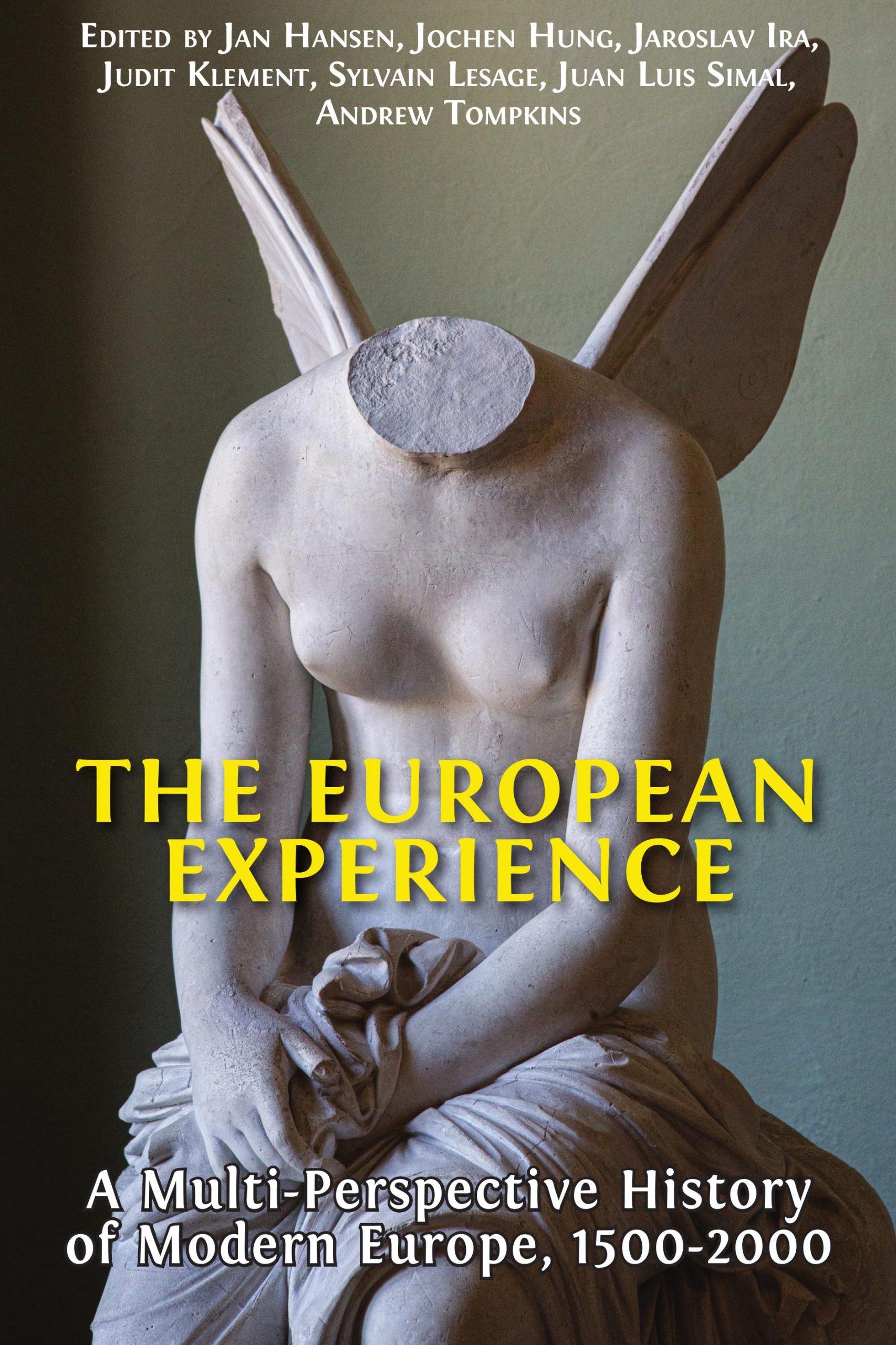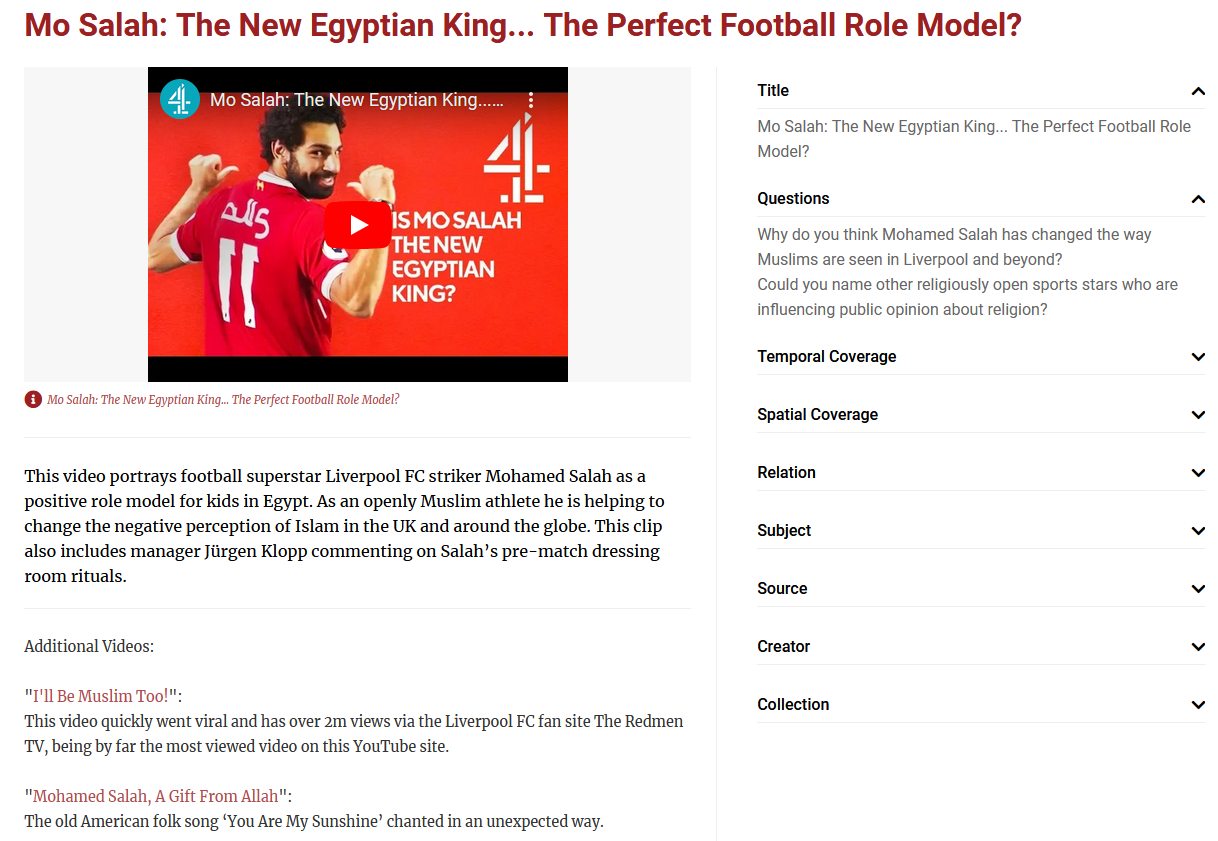This project is the result of a cooperation between the Undergraduate Programme of Portuguese Sign Language and the Undergraduate Programme of Tourism, both promoted by ESEC (Coimbra Education School), Polytechnic Institute of Coimbra University.
It was developed to overcome a barrier usually faced by deaf people when they are visiting a museum, an archaeological site or any other place of interest in which important information is provided orally by tour guides. These places usually don’t have interpreted visits or pre-recorded guides that allow deaf individuals to make the tour. The main goal of this project, therefore, is to provide to all visitors to museums a satisfactory amount of details.
In the specific case depicted, the main goal was «to include a particular public into a pre-existing practice» (that of providing didactic experiences in a real historical context, such as in museums or archaeological sites).
In order to do so, the creation of an interdisciplinary team to understand how to “translate” specific historical terms in sign language was necessary. This proved useful for the development of specific signs relating to specific historical objects and concepts.
The Practice
This practice tackles an issue often encountered in the provision of guided tours in sign language: the lack of signs referring to specific and topic-related terms. Usually, in fact, such visits are not facilitated by historians or trained tour guides, but by interpreters whose role is to translate the words of individuals specialized in history into signs, to convey the general meaning to visitors with hard-of-hearing. During didactic visits, however, it is not enough for students to receive general information: they need specific historical information, facts and curiosities, which are usually transmitted only orally by the tour guide.
A simple translation or spelling of history specific terms in sign language would determine, in the majority of cases, great conceptual losses. As a consequence, a team has to be created, to try and translate the terms in sign language without any loss. This team gathered teachers and students from the Undergraduate Programme of Portuguese Sign Language and members of the Portuguese Association of Deaf People, who helped collect and validate signs, namely, in relation to Historical vocabulary. A research of images, which somehow portrayed the terms, was carried out and then the signs were created accordingly.
The role of such team is to insert the specific concepts in their context, and then analyse their historical and linguistic background. Taking into account both backgrounds, and the age of the recipients of the new term, a careful translation in sign language can be made. The “new” term is, then, revised both by linguists specialized in the (Portuguese) language, and by linguists specialized in (Portuguese) Sign Language.
During the visit to the Conímbriga Archaeological Site, the case study of this practice, the specificity of the language was particularly felt: the archaeological site depicts the history of Portugal starting from the Roman occupation, and the use of a multitude of terms of a Latin origin was required. The visit was prepared for pupils studying at the 7th grade, and the theme was part of the history syllabus. Thanks to a preliminary contact between the team and the site, the team received a guidebook containing the description of the various interest points of the site. Then, a study was carried out on how to translate and adapt the guidebook in a didactical way, remaining true to the concepts and the content of the guide. The process of translation of terms from Latin to Portuguese Sign Language was, in addition, paired with a preparation of the interpreter, who studied Roman History to be able to provide additional context information to students with hard-of-hearing.
In addition, since only by spelling historical terms (for example, Visigoths), without giving any context information, and only by using sign language, the students would have decoded the word but, in terms of deciphering, they would not have understood the underlying concept, a research of images was carried out. Images portraying the history specific terms were collected and provided to students.
The visit to the Conímbriga Archaeological Site was, finally, the result of combined efforts between various School Programmes, where the guide (a student from the Tourism Undergraduate Programme) showed the site to the class, while a trained interpreter (a student from the Undergraduate Programme in Portuguese Sign Language) translated for students with hard-of-hearing.
Obstacles and lessons learned
Isabel Correia recognized that, during the development of specific terms in Portuguese Sign Language, there were no obstacles. The demanding task of transforming a technical language, however didactic and whatever simplified it may be, into sign language was not, according to her, so much an obstacle, more of a challenge. Research was required, knowledge of Latin was required. The terms sometimes had to be defragmented and research was needed.
The only obstacle identified in the process was the difficulty of finding moments when to gather the team.
The effect of the practice
The possibility to visit the museum and the archaeological site following a guide speaking with the Sign Language was extremely important for pupils. This is due to the fact that it is hard, usually, to help students to dive into the past from a classroom. A didactic visit to historical sites does, in this case, make the difference, helping students to understand how life in a determinate period was, how people felt, how events impacted on them. Presenting a piece of history in the middle of historical evidence is, thus, important, and the relevance of the visit increases steeply if students have the possibility to ask their own questions.
Developing the correct terminology to be used with sign language meant that all students could ask questions and receive complete and exhaustive answers. All the students, at the end of the visit, recognized they had understood and captured the information.
Both the partners in the project and the schools who participated to the visits responded in an extremely positive manner to the experience, asking to continue in the promotion of similar initiatives.
About the interviewee
Isabel Correia is a professor and researcher, expert in Linguistics, Sign Language and Education to deaf and hard of hearing students. She is the Director of the Undergraduate Programme of Portuguese Sign Language at ESEC (Coimbra Education School), Polytechnic Institute of Coimbra University. Contact information: icorreia@esec.pt
Background to the project
Preparing the project included beforehand visits to the space in order for the interpreter to understand and prepare the way he would refer to the different spots of the archaeological site, using the most adequate mechanisms of the sign language. The student of the Tourism Undergraduate Programme, on the other hand, wanted to choose the best places to be in order to turn the didactical guided visit into an interesting experience for the younger students.
The colleagues from the Tourism Undergraduate Programme were responsible for reading the guidebook and presenting it in a more vivid way, without reading it, so that students could follow and get all the information.
The source of inspiration was the absence of this kind of specific guidebooks and of guided visits adapted to hard-of-hearing. We realized that there are many places chosen by schools to make field trips and that these places don’t have any strategies or means to include students who are deaf or older people that also have this handicap. So, our purpose was to include a particular public into a pre-existing practice. The interest and collaboration of our partners also inspired us.
Additional Information
«Support material was created in terms of terminology and sign collection to convey historical information specific to that context.
An adapted guidebook was produced to be used while visiting the archaeological site, but the school does not wish to show it. There is, however, an online record of the visit. This is a report made by ESEC T.V.».
https://www.youtube.com/watch?v=gk8yLyghLwo
https://www.youtube.com/watch?v=FnQO8qQYbFo&list=PLo3LxNzbr6k4tAhGIwIUXS7ErEuIQN-EM
Written by Cristina Amaral (School Cluster of Montemor-o-Velho), based on the interview to Isabel Correia, made by Manuela Carvalho on 5th June 2017 (ESEC – Coimbra Education School – Polytechnic Institute of Coimbra, Coimbra, Portugal).





